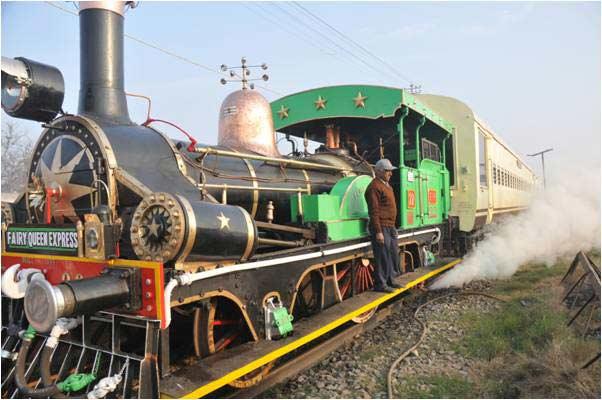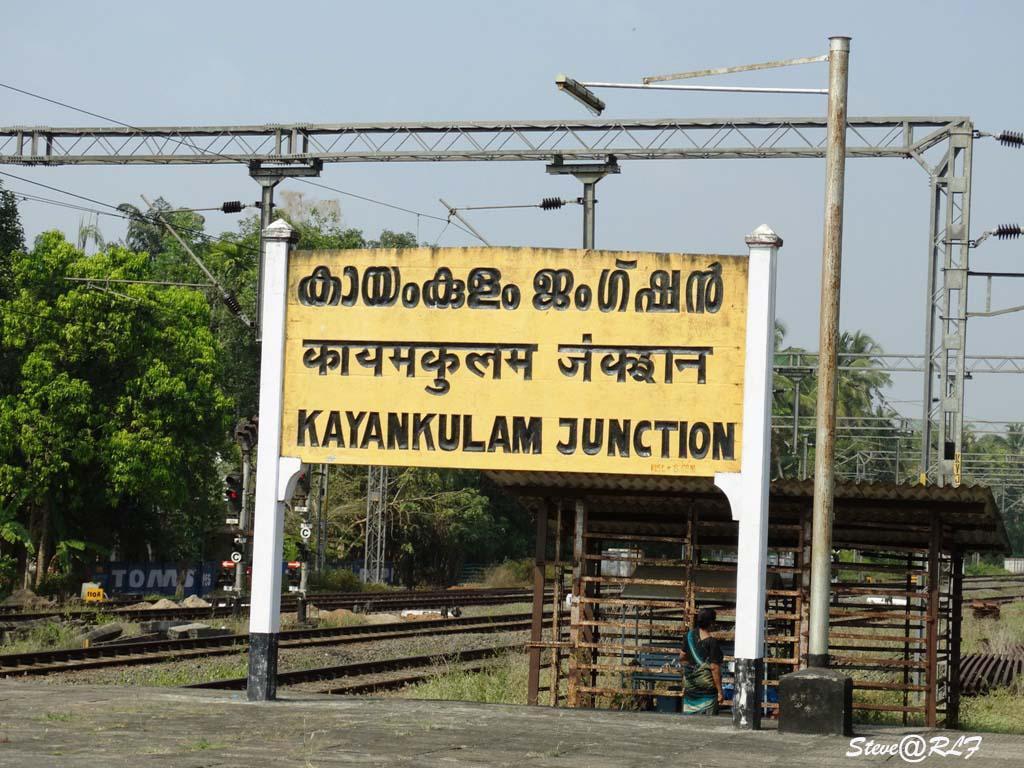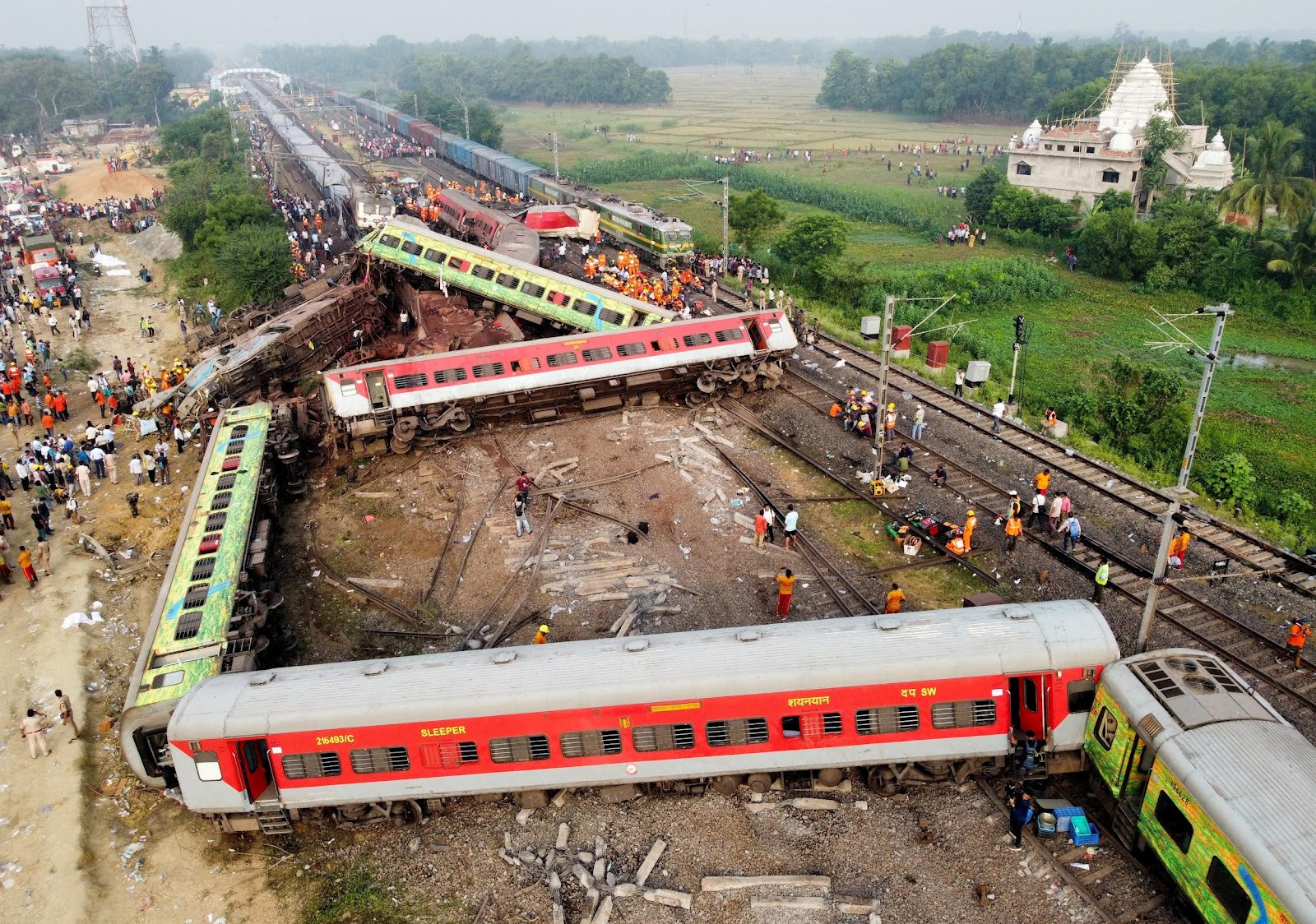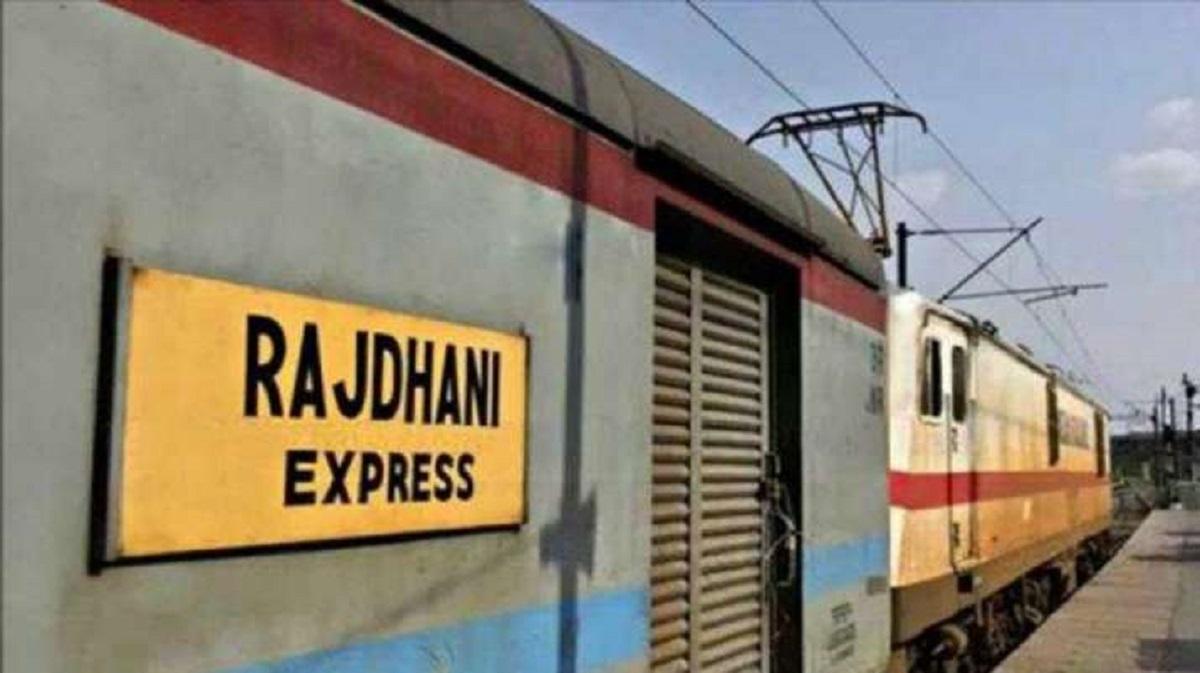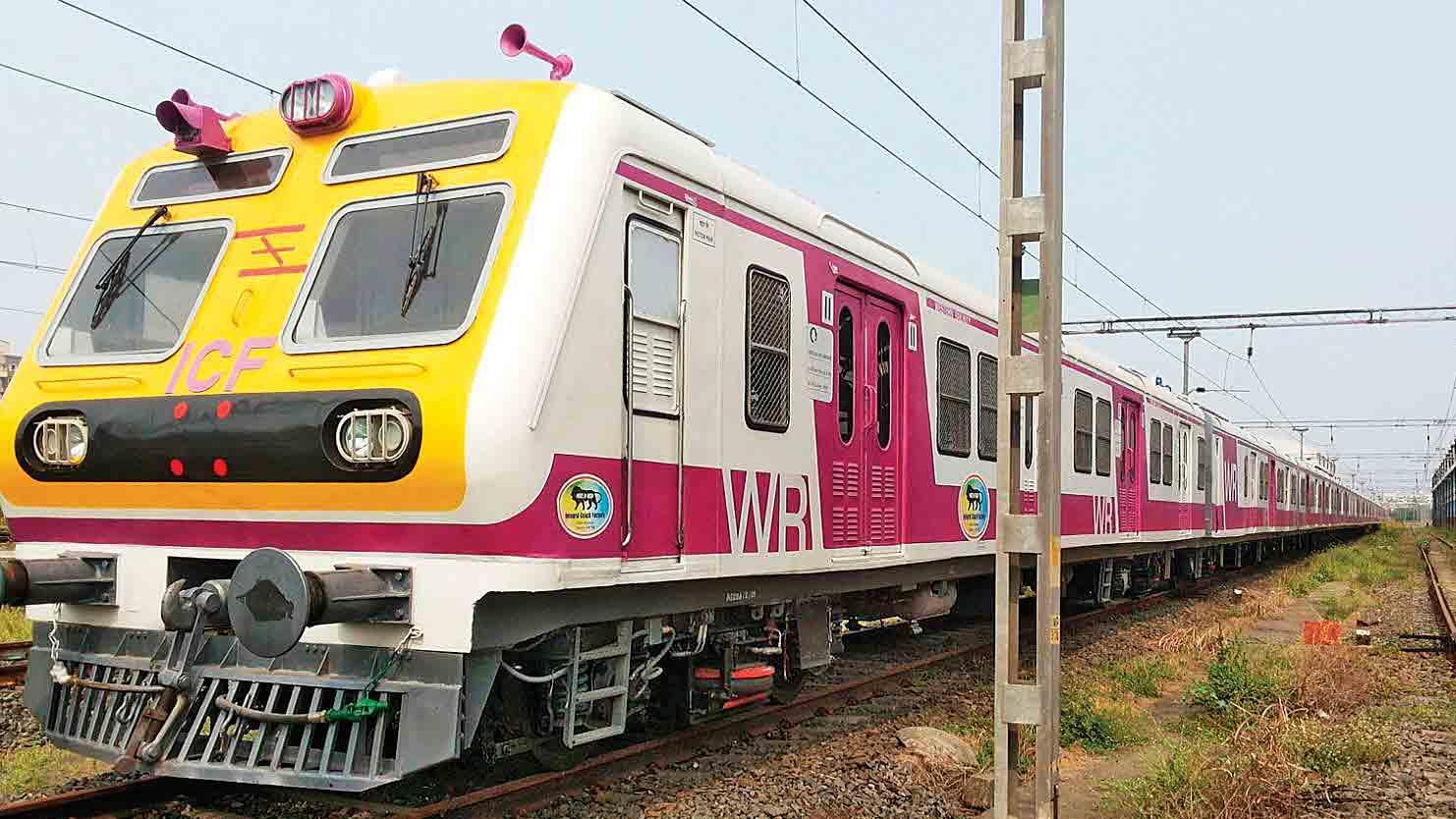#22 The Fairy Queen: The Oldest Operational Steam Locomotive In Asia (Indian Railways Series)
Photo: Wikipedia Fairy Queen: Asia’s Oldest Working Steam Locomotive The famous Fairy Queen locomotive holds the record for being the world’s oldest operational steam engine! This national treasure was built in 1855 and runs heritage tours on India’s railways. Steeped in history, the Fairy Queen gives us a glimpse into the romantic era of steam trains in India. Made in Britain Do you know the Fairy Queen was built by Kitson, Thompson, and Hewitson in Leeds, Britain, way back in 1855? She was shipped to Kolkata and assembled at the historic Howrah Locomotive Works. Shockingly, this tiny loco weighed only 12 tonnes but had immense pulling power. She was put into service hauling mail trains between Howrah and Raniganj in West Bengal. Not only that, she set a speed record in India by sprinting at an unheard of speed of 43 mph during trials. No wonder she was christened the ‘Fairy Queen’. Retirement and Revival By 1900, the Fairy Queen was retired from regular service as newer engines arrived. She languished for decades in a railway shed before being discovered and restored. In 1997, after extensive renovation, the 142-year old Fairy Queen returned to the tracks! This made her the world’s oldest working steam locomotive. You’ll be amazed to know she was declared a National Treasure in 2002. The Guinness Book of World Records also certified her as the oldest operational engine. Legacy Railway Tours Today, the Fairy Queen operates heritage railway tours between Delhi, Cantt, and Alwar. Tourists can ride this vintage beauty and relive the grandeur of 19th century train travel. With her gleaming green livery, polished woodwork, and steam whistles, she transports you back in time. Passengers are served high tea on fine china as the Queen chugs along. At 165 years old now, she reminds us of the rich history of Indian Railways. The sprightly Fairy Queen is cherished as the doyenne of our locomotive fleet and the reigning queen of steam engines in Asia. Source
